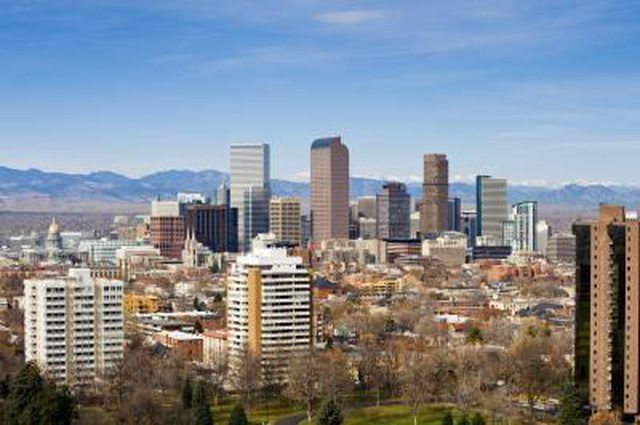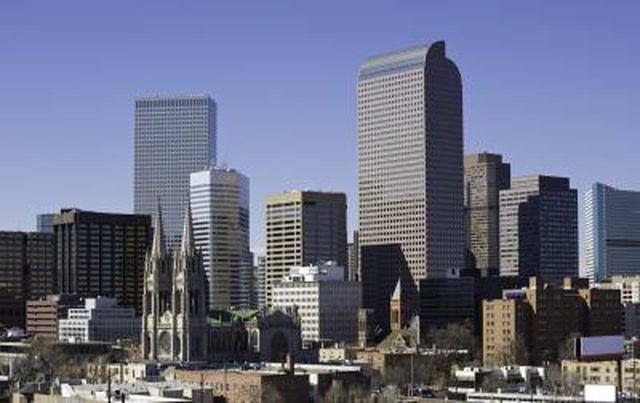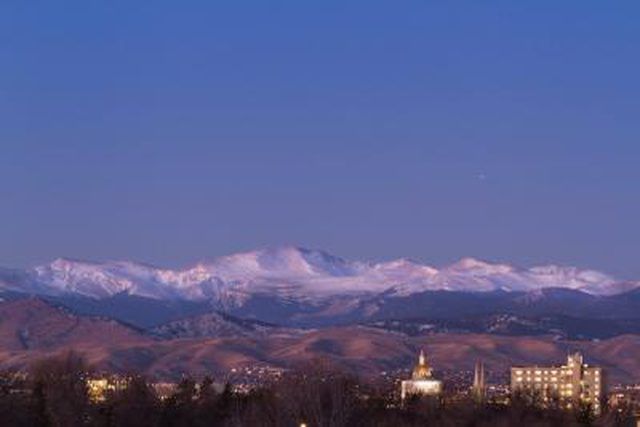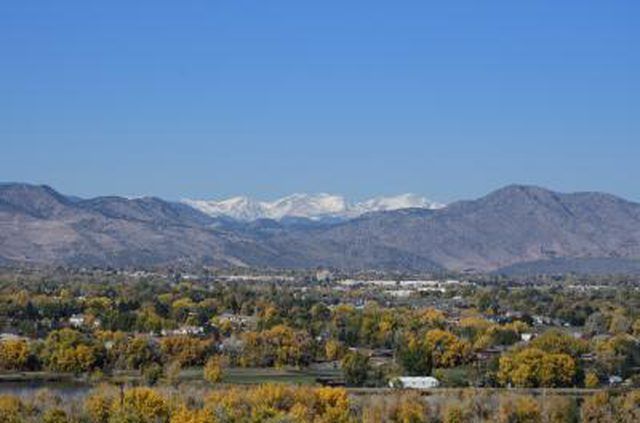Bulbs
Flower Basics
Flower Beds & Specialty Gardens
Flower Garden
Garden Furniture
Garden Gnomes
Garden Seeds
Garden Sheds
Garden Statues
Garden Tools & Supplies
Gardening Basics
Green & Organic
Groundcovers & Vines
Growing Annuals
Growing Basil
Growing Beans
Growing Berries
Growing Blueberries
Growing Cactus
Growing Corn
Growing Cotton
Growing Edibles
Growing Flowers
Growing Garlic
Growing Grapes
Growing Grass
Growing Herbs
Growing Jasmine
Growing Mint
Growing Mushrooms
Orchids
Growing Peanuts
Growing Perennials
Growing Plants
Growing Rosemary
Growing Roses
Growing Strawberries
Growing Sunflowers
Growing Thyme
Growing Tomatoes
Growing Tulips
Growing Vegetables
Herb Basics
Herb Garden
Indoor Growing
Landscaping Basics
Landscaping Patios
Landscaping Plants
Landscaping Shrubs
Landscaping Trees
Landscaping Walks & Pathways
Lawn Basics
Lawn Maintenance
Lawn Mowers
Lawn Ornaments
Lawn Planting
Lawn Tools
Outdoor Growing
Overall Landscape Planning
Pests, Weeds & Problems
Plant Basics
Rock Garden
Rose Garden
Shrubs
Soil
Specialty Gardens
Trees
Vegetable Garden
Yard Maintenance
What Planting Zone Is Denver, Colorado?
What Planting Zone Is Denver, Colorado?. The United States Department of Agriculture designates numerical planting zones throughout the country. The zones are based on the area's average low temperatures and offer a good guideline for selecting new plants for your zone. New temperature databases, however, have encouraged the USDA to revise Denver's...
The United States Department of Agriculture designates numerical planting zones throughout the country. The zones are based on the area's average low temperatures and offer a good guideline for selecting new plants for your zone. New temperature databases, however, have encouraged the USDA to revise Denver's designation.

The old USDA Zones, established in 1990, divide the numerical zones into "a" and "b" subcategories. Denver straddled Zones 5a and 5b, where winter temperatures dropped to -20 degrees Fahrenheit and -15 degrees Fahrenheit, respectively.

According to a 2010 Colorado State University Cooperative Extension article, the USDA is incorporating temperature data from 1987 to 2001. The USDA is also eliminating "a" and "b" zone subcategories. These new, revised zone requirements place Denver in USDA Zone 5 and USDA Zone 6.

Because Denver is an urban area, streets, buildings and other structures often retain heat during the day and release it at night. This heat-island effect creates pockets where temperatures remain slightly warmer, and gardeners may be able to grow plants with borderline hardiness in protected areas.
